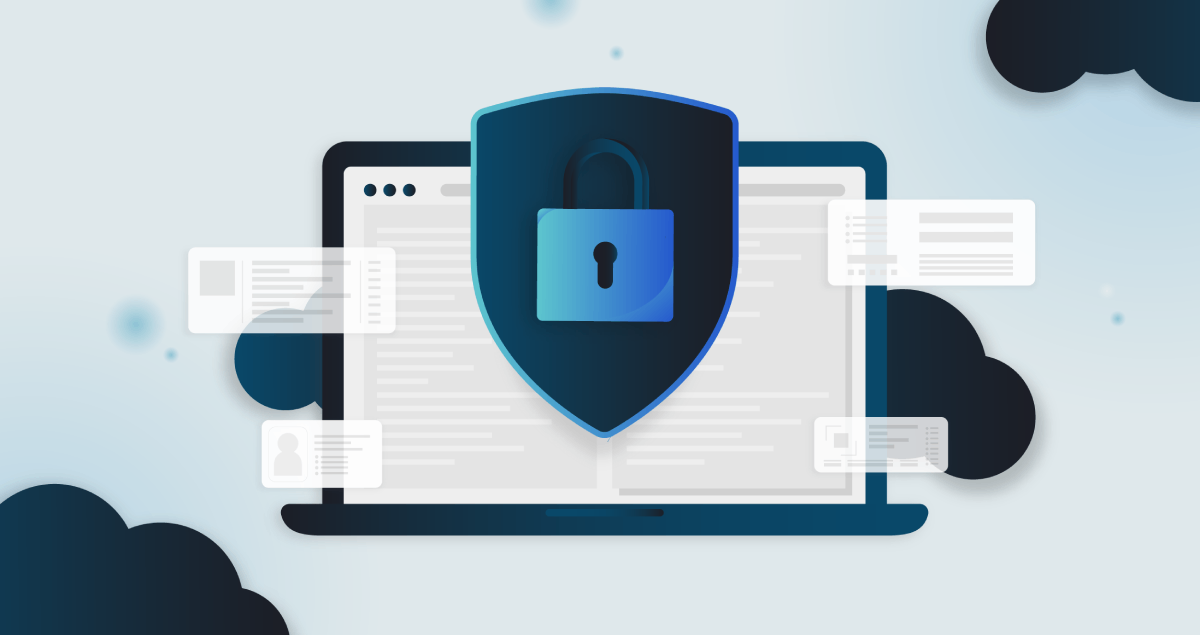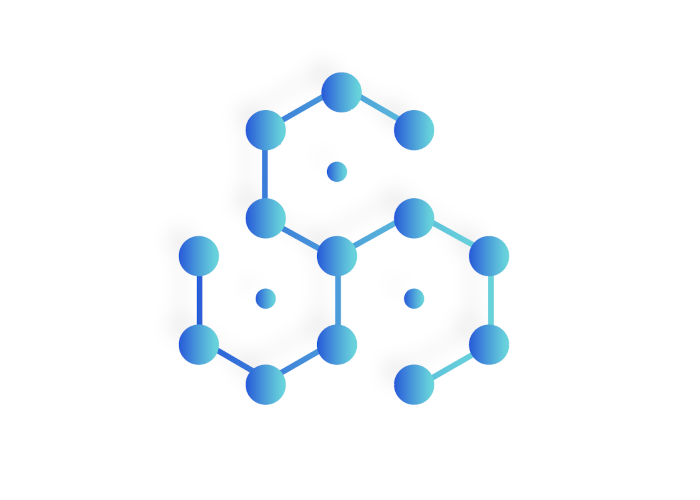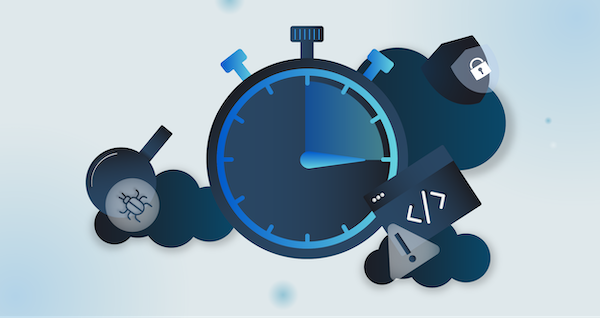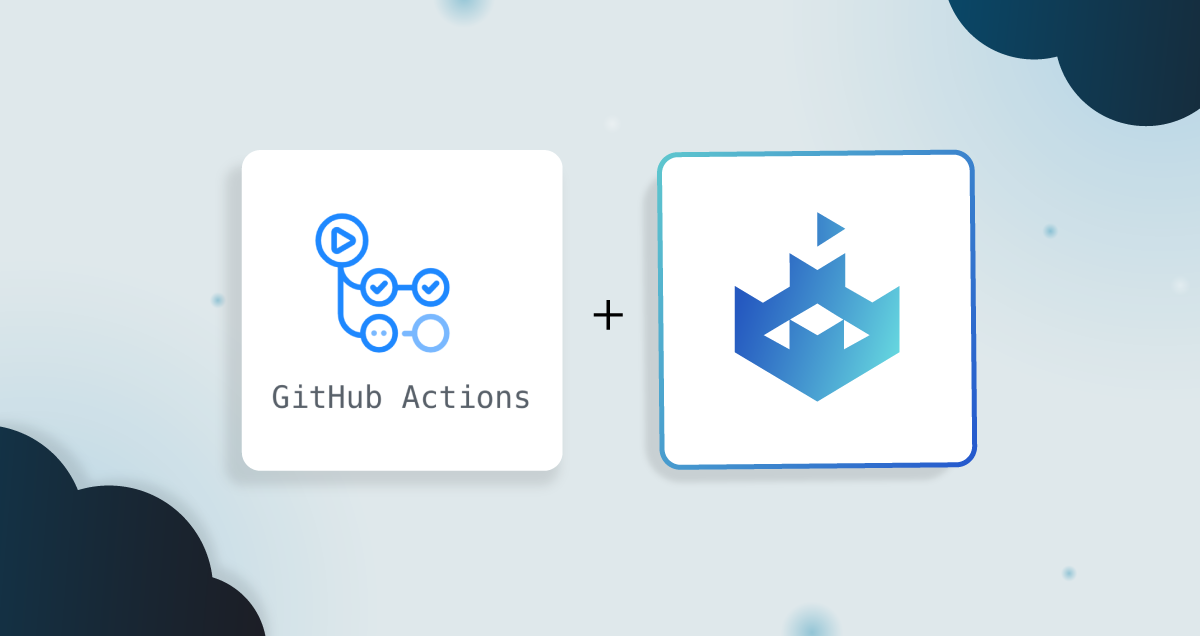We’re well on our way into 2025 (we made it through January!), so now is an ideal time to see what the year ahead holds for cybersecurity. From AI advancements to third-party risks, security teams have a lot to deal with. Let’s break down the top trends shaping the year ahead and how SecureFlag can help organizations stay ahead of emerging threats.

1. Generative AI
Generative AI (GenAI) is very much in demand these days. It offers huge benefits but, unfortunately, also introduces just as many risks. AI’s ability to process unstructured data, like images, videos, and text, opens the door to new vulnerabilities.
Organizations are turning to Data Security Posture Management (DSPM) tools to stay on top of AI risks. These tools assess and monitor AI data pipelines to prevent sensitive information from being overlooked. AI adoption is growing fast, but without the right security foundations, it can quickly turn from an asset into a liability.
What’s interesting is that, according to Gartner, enterprises combining GenAI with integrated platforms in their security behavior programs could see 40% fewer employee-driven incidents by 2026.
2. Resilience Programs
No matter how strong your defenses are, incidents are always going to happen. That’s why resilience is the name of the game for 2025. Organizations are moving beyond the idea of “no failures allowed” toward a “bounce back stronger” mentality.
Resilience-focused strategies now cover everything from ransomware recovery to supply chain disruptions. It’s not just about the technology you’re using but preparing your teams, processes, and systems to recover quickly and minimize the damage. Resilience programs should be expanded to handle whatever comes next.
There also is a shift toward cyberstorage, where data backups actively defend against attacks like ransomware. The focus isn’t only on storing data but also on making sure it remains secure. Cyber deterrence should be used by organizations to discourage attackers by making their systems harder to hack and have a faster response time.
3. Rethinking Risk Management
Teams outside IT are making decisions about technology, so managing cyber risks is becoming more complicated. To stay agile, organizations are moving to a more collaborative risk management approach. This lets business teams make informed choices while still keeping an eye on things to make sure security goals are met.
The key is setting up clear accountability so teams can work independently but still have centralized support in place for safer outcomes. A great solution for this is our automated threat-modeling platform, ThreatCanvas, which improves collaboration between different teams to help reduce security risks.
4. Securing Machine Identities
Machine identities are like digital IDs for non-human components, such as servers, applications, devices, or automation tools, that need to interact securely. They now outnumber human ones in most organizations. This vast increase in machine identities creates new opportunities for attackers.
Hackers might misuse keys or exploit stolen certificates to pose as trusted machines, bypass authentication measures, and access sensitive resources without permission. In fact, 90% of organizations have had at least one identity-related attack and breach attempt over the past year.
That’s why organizations are strengthening their Identity and Access Management (IAM) strategies by taking steps like cataloging accounts, limiting permissions, and closely monitoring activity.
5. Cybersecurity Tools
Organizations are trying to manage a wide variety of cybersecurity tools. While more tools might seem better, the reality is that complexity often leads to inefficiencies and even gaps in security. That’s why 2025 is all about optimization—finding the right balance between platform consolidation and specialized point solutions.
The rise of standards like the Open Cybersecurity Schema Framework (OCSF) is making it easier to integrate tools, enabling a cybersecurity mesh architecture. This approach prioritizes flexibility and avoids vendor lock-in by allowing organizations to mix and match the solutions that work best for them.
It’s best to focus on tools that enhance integration, reduce complexity, and improve outcomes.
6. Supply Chain Security
We know that working with third-party vendors has its benefits, but they could also introduce security risks in the supply chain. With the rise of GenAI, many vendors will make the most of this, but it could cause data leaks, unstable technologies, or compliance issues.
It’s a good idea for organizations to have policies in place for pausing or even cutting ties with risky vendors to protect the supply chain. Also, it’s worth having regular risk assessments and guidelines for handling disruptions. And, of course, collaboration should be a priority so that all teams can work together to manage these risks.
7. Building a Security-Aware Culture
Human error still accounts for most breaches, with 68% of cybersecurity incidents tied to employee actions. It’s no wonder organizations are moving beyond basic awareness campaigns to full-fledged Security Behavior and Culture Programs (SBCPs).
These programs aren’t just about phishing tests anymore. They address everything from secure coding to system misconfigurations. Regulations like GDPR and the Network and Information Security Directive (NIS2) are also pushing organizations to invest in stronger training programs. A culture of security can turn your workforce from a liability into your first line of defense.
8. Fighting Cybersecurity Burnout
Cybersecurity is hard work, and burnout is taking its toll. A 2024 survey found that 62% of cybersecurity leaders had experienced burnout. It’s not just about long hours—it’s about the constant pressure to protect organizations in a world of growing threats.
Forward-thinking organizations are prioritizing team wellness and investing in cybersecurity-specific resilience programs, which will reduce burnout-related attrition. They should also rotate roles, encourage time off after high-stress periods, and try to embed wellness into everyday practices.
Stay Safe With SecureFlag’s Training and Threat Modeling
As you can see, cybersecurity in 2025 is about more than just continually fending off threats. It’s about creating systems and cultures that can quickly adapt and recover. The main priority should still focus on proactivity.
At SecureFlag, we’re all about helping organizations take on security challenges. Through hands-on secure coding training labs and automated threat modeling, we empower teams to build safer applications and prepare for whatever comes next. Let’s make 2025 the year of stronger and more secure systems!
Book a free demo today to see what SecureFlag can do for your organization!


